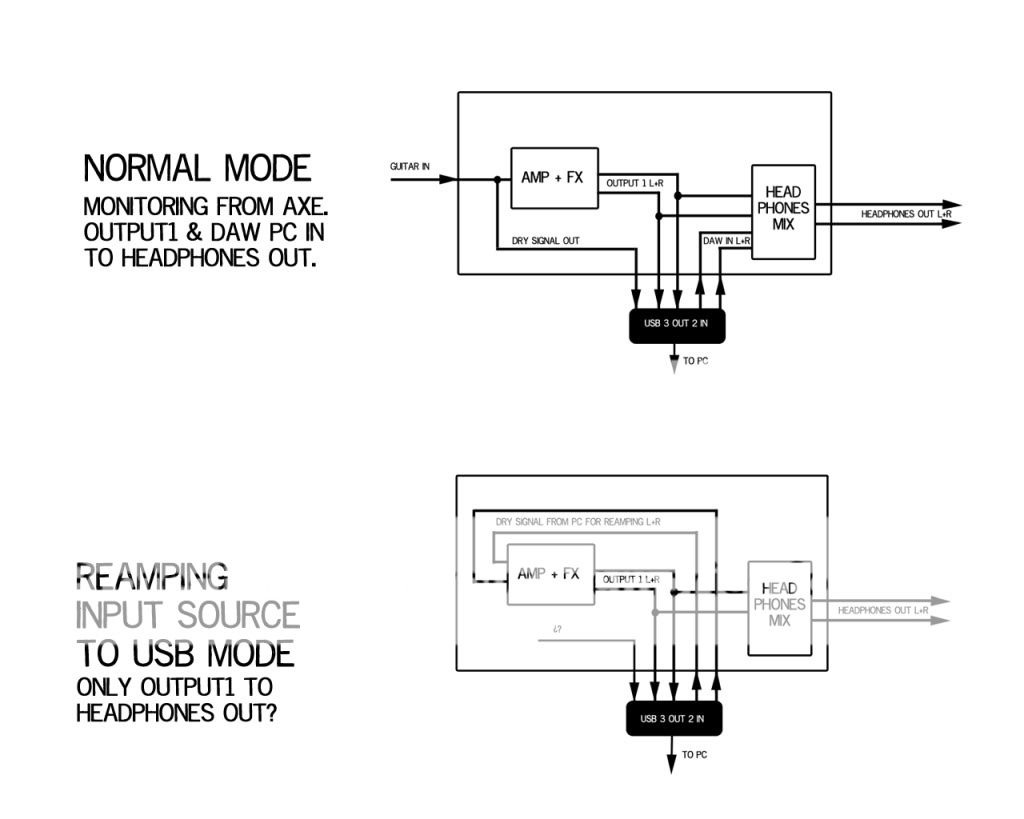rp911
Inspired
This setup was being used in the context of A/B testing a particular amp simulation against the actual amp. When doing any kind of experimentation, it is good to isolate the specific variable(s) that you are trying to look at. As it is not possible to run an actual physical power amp through a cabinet simulation, running both through a real cabinet is the only way to get a fair comparison between them. If one assumes that, however good, the cabinet simulations are not a perfect representation of the original, using an actual guitar cabinet for both the physical amp and for the amp simulation is the only way to make sure that any oddities that you hear with the amp simulation are due only to the amp simulation itself, and not to the cabinet simulation or to some interaction between the amp sim and the cabinet sim.
Which is exactly why you can never compare a FRFR version of the AxeFX side by side with, say, a real Fender Twin, and expect it to sound identical, unless you have taken IRs of that Twin's cabinet and speakers first. Which I did, essentially, with my own setup (2X12 cabinet with JBL E-120s that Jay helped me make an IR of) and when I did a real-life A-B between that cabinet and my FRFR setup with the IR (QSC K-12), it was startlingly close in the room to the original.

